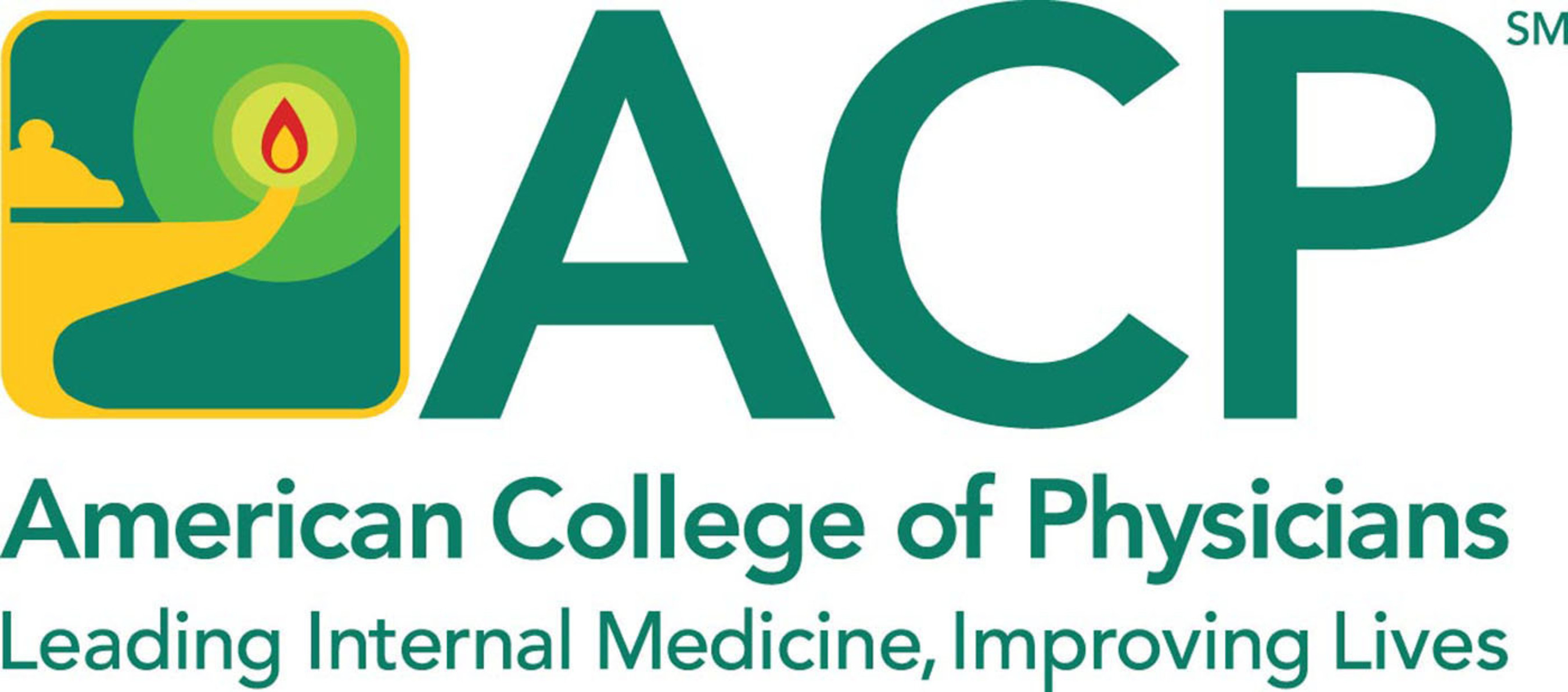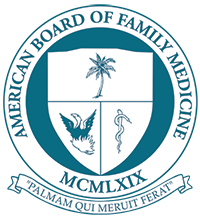Geriatrics
Arthritis
Arthritis is a condition that causes pain, stiffness and swelling in the joints. Osteoarthritis is a common form of arthritis caused by the wearing down of the cartilage that protects the bones of a joint. Rheumatoid arthritis is an autoimmune condition caused by an inflammation in the lining of the joints. Both forms of arthritis cause pain, tenderness, and swelling, and may result in loss of movement in the affected joints. Over time, joints affected by arthritis may become severely damaged. Arthritis occurs more frequently in older individuals, however it sometimes develops in athletes from overuse of a joint or after an injury. It can however, affect people of any age, including children.
Arthritis FAQs
Arthritis is a condition that causes pain, stiffness and swelling in the joints. Arthritis is commonly caused by inflammation in the lining of the joints, which in addition to pain, may result in redness, heat, swelling and loss of movement in the affected joints. Over time, joints affected by arthritis may become severely damaged. There are different types of arthritis, and depending on the cause, may affect people of different ages. Some types of arthritis may cause to damage to other organs of the body in addition to the joints.
Bone Health
Healthy bones are a necessity for a full and active lifestyle. Although we depend on our bones everyday for physical support and consider them strong and rigid structures, bones are actually living tissue, growing and changing on a regular basis. Along with the calcium that gives them their strength, bones are also made up of a collagen protein that gives them flexibility but also makes them susceptible to weakening and injury.
Dementia
Dementia is not a single disorder, but rather a combination of age-related symptoms involving a loss of mental skills and deteriorating brain function. Dementia literally translates to "deprived of mind," and may be the result of several different underlying conditions, some of which are treatable and some of which are not. Patients with dementia gradually lose memory, communication skills, the ability to reason, and the facility to complete the tasks of everyday living.
Long-Term Care
Long-term care involves a comprehensive range of services and support for patients who need assistance caring for themselves. These services can be beneficial for a patient with a chronic illness, or serious injury or disability, who is unable to care for him- or herself for an extended period of time. Although long-term care is most frequently used by older adults, patients of any age may need long-term care, especially following serious injury or debilitating illness. Long-term care may be provided in a facility, such as a nursing home or rehabilitation center, or a patient's home.
Low Blood Pressure
Low blood pressure, also known as hypotension, is a goal that many people try to achieve in order to avoid the symptoms and complications of high blood pressure. Yet when blood pressure is too low, it can be a serious medical condition, potentially causing permanent damage to the heart and the brain.
Osteoporosis
Osteoporosis is a condition that causes the bones to become weak and brittle and at a high risk for fracture. In all individuals, bone breaks down over time, but is replaced with new bone tissue. As people age, bone loss occurs at a faster rate than new bone mass is created, resulting in osteoporosis. Osteoporosis is the result of increasing bone loss and is more common in older people, especially women.
Stroke
A stroke occurs when there is a reduction in the flow of blood to the brain. The lack of blood supply may be the result of a blockage in an artery or a burst blood vessel in the brain. A stroke deprives brain tissue of oxygen and nutrients, causing brain cells to die. A stroke is a medical emergency and requires immediate attention by a medical professional. Prompt treatment can minimize damage to the brain and prevent further complications.
Blood Thinners
Blood thinners are medications used to prevent blood clots from forming in the circulatory system. If a blood clot forms in a vein or artery, it can travel to the heart, brain or lungs, causing, depending on the clot's location, a heart attack, stroke or pulmonary embolism. People who have irregular heart rhythms (atrial fibrillation) or congenital heart defects, or who have had coronary stents inserted or undergone heart-valve surgery, have a greater likelihood of getting blood clots.
Vitamin D
Vitamin D is an important nutrient that aids in overall health by keeping bones strong and healthy. The body requires vitamin D to absorb calcium and phosphorous, which are crucial in building and maintaining strong bones and teeth. Although some studies seem to indicate that adequate levels of vitamin D can strengthen the immune system and protect against various health conditions, including diabetes, kidney disease, heart disease and high blood pressure, there is no definitive data to support that conclusion.





